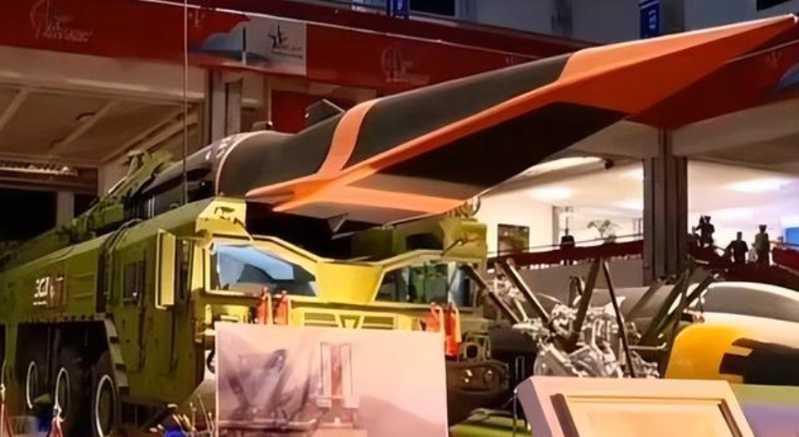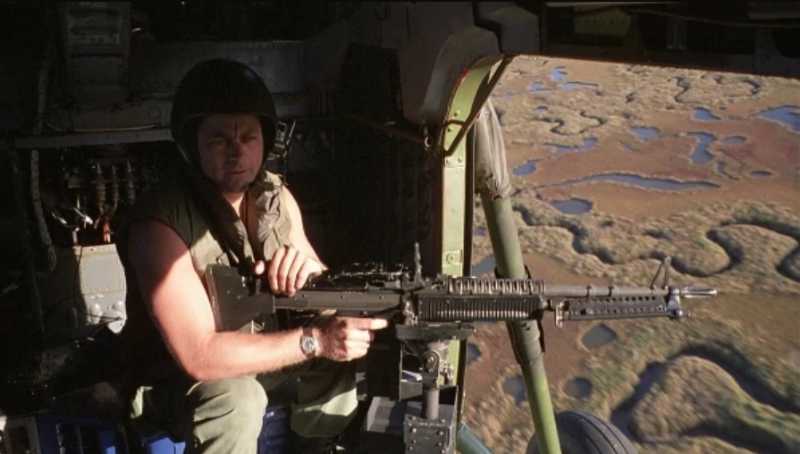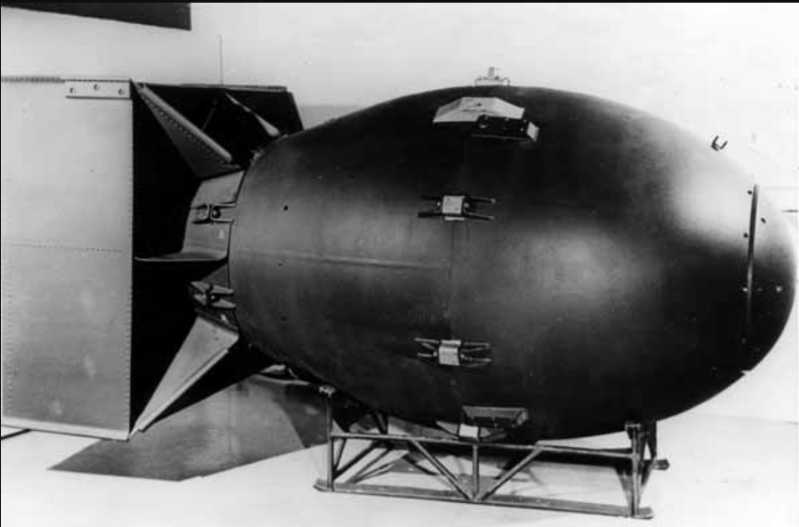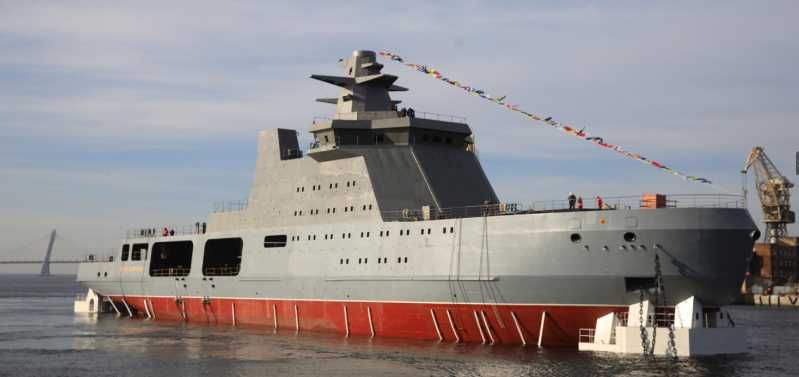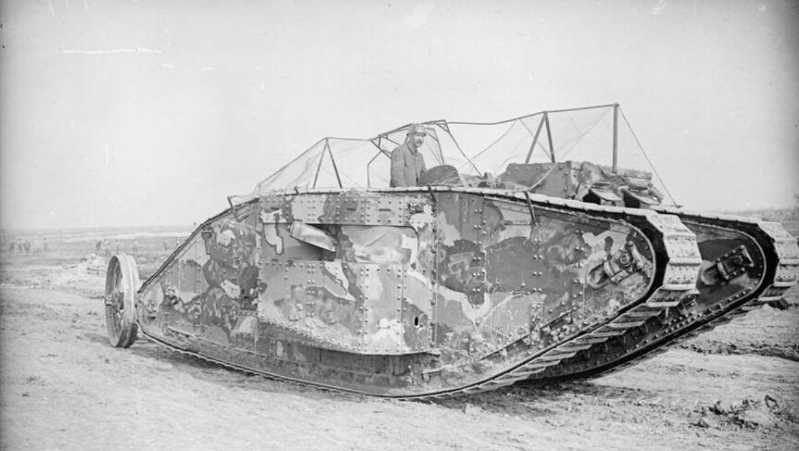United States
This time, Boeing exhibited the "Integrator" extended-range UAV of its subsidiary Insitu. This is developed from the RQ-21A "Blackjack" tactical UAV. The tactical UAVs equipped by the US military in the past only have the ability to communicate within the visual range, so the range of activities generally does not exceed 110 kilometers. The "Integrator" extended-range type has a satellite communication antenna installed in the nose fairing, which extends the combat radius to 1,000 kilometers. The aircraft has a load capacity of 7.3 kilograms and can carry mission payloads such as optoelectronic/infrared sensors and laser ranging/laser target indication. The endurance time exceeds 24 hours, and it can stay in the mission area 200 nautical miles away for 19.5 hours. Insitu’s idea is to provide intelligence, surveillance and reconnaissance services to customers such as the US Air Force in an outsourcing manner. The US Air Force’s MQ-9 needs a runway for takeoff and landing, and a team of four requires hundreds of people. The "Integrator" can use a quadcopter UAV to help take off and land, occupying very little space, and a team of 12 people can operate it. Therefore, the "Integrator" can perform the tasks originally performed by MQ-9 at 1/3 of the cost.
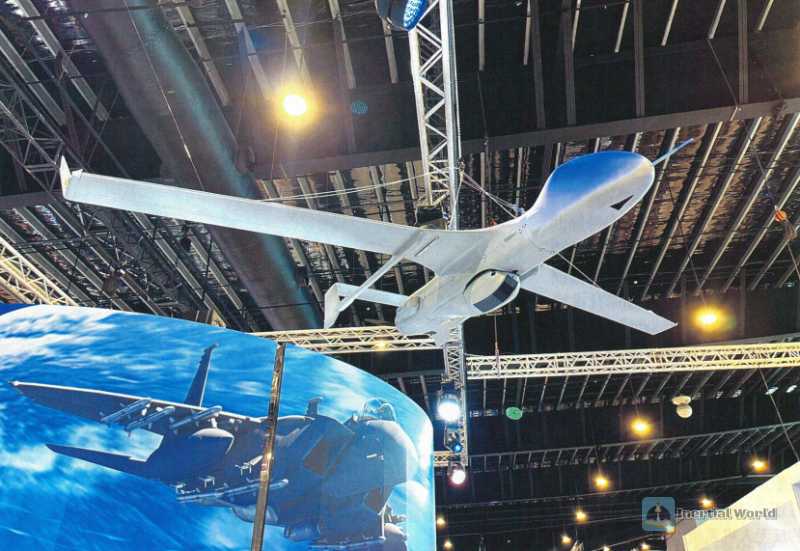
General Atomics, the manufacturer of MQ-9, was not idle this time either, and this time it mainly promoted the MQ-9B "Sea Guardian" UAV. The MQ-9B "Sea Guardian" has a strong mission expansion capability, can carry a variety of mission payloads, and has an ultra-long endurance (up to 40 hours). The anti-submarine type of the "Sea Guardian" was exhibited this time, with a combat radius of 1,200 nautical miles. The belly of the aircraft is equipped with Raytheon’s SeaVueXMC wide-area surveillance radar, which can quickly and effectively identify targets of interest (such as small ships). It has a software-defined digital architecture and can add new functions without changing the hardware. Through the four sonar buoy pods mounted under the wings, a total of 40 "A" size (about 1 meter in length) or 80 A "G" size (about 0.5 meters in length) sonar buoy. It is worth noting that the Japan Coast Guard and the Maritime Self-Defense Force have already purchased the MQ-9B "Sea Guardian", and India is also interested in purchasing it.
The American AeroVironment Company exhibited the "Switchblade 300" B10ck20 and "Switchblade 600" cruise missiles. The US government once provided these two cruise missiles to Ukraine for battlefield use. The "Switchblade 300" is relatively light and can be carried by a single soldier. After being launched from a barrel launcher, the operator uses the optoelectronic/infrared detection and lock-on target on the missile. When using the extended-range antenna, the maximum range can reach 30 kilometers. It is mainly used to attack Infantry. The size of the "Switchblade 600" cruise missile is relatively large, close to the light anti-tank missile, and is mainly used for anti-armor. The US Army has purchased a small number of them and equipped the infantry companies of the infantry brigade combat team as additional firepower.
The flagship product of the American AeroVironment Company is a small military fixed-wing drone, and its products cover all branches of the military. In recent years, the company has also expanded into tactical drones. Its "Jump 20" drone was once selected by the US Army’s "Future Tactical UAV System" for testing, but was later eliminated. "Jump 20" has a four-rotor system installed on the wing, which can achieve vertical take-off and landing, thus eliminating the huge The hydraulic ejection and arresting net recovery device improves tactical flexibility. AeroVironment also uses a similar quadcopter vertical take-off and landing kit for the "Puma AE" small UAV. After the modification, it has the ability of vertical take-off and landing and hovering of the quadcopter UAV, while retaining the long endurance of the fixed-wing UAV.

This time we also saw another product that participated in the test of the US Army’s "Future Tactical UAV System" project but lost - the V-BAT UAV of the US Shield AI company. The aircraft uses a unique ducted fan propulsion and takes off and lands in an upright posture. This solution takes into account both vertical take-off and landing capabilities and long flight performance, and at the same time, unlike the "Jump 20", the quadcopter system becomes "dead weight" when flying level. Although V-BAT lost the US Army’s order, the US Navy has purchased the system as a ship-borne UAV, so it still has a certain appeal in the international market.
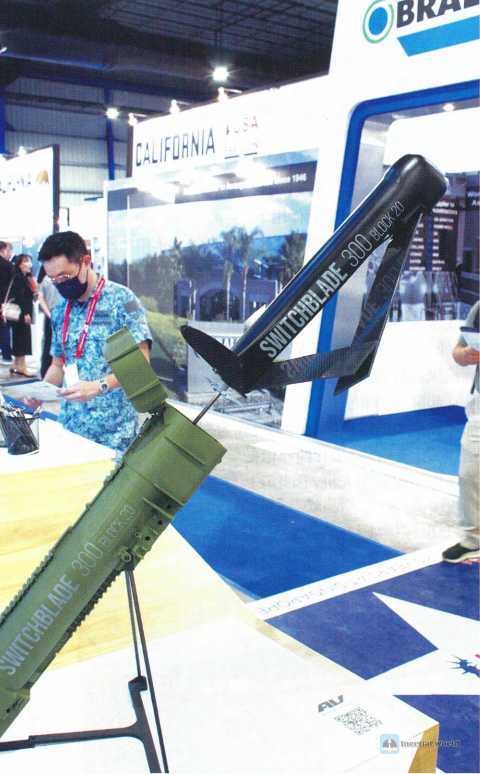

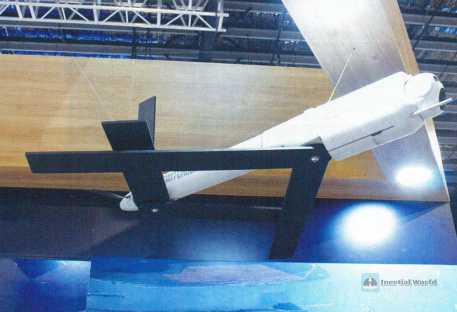
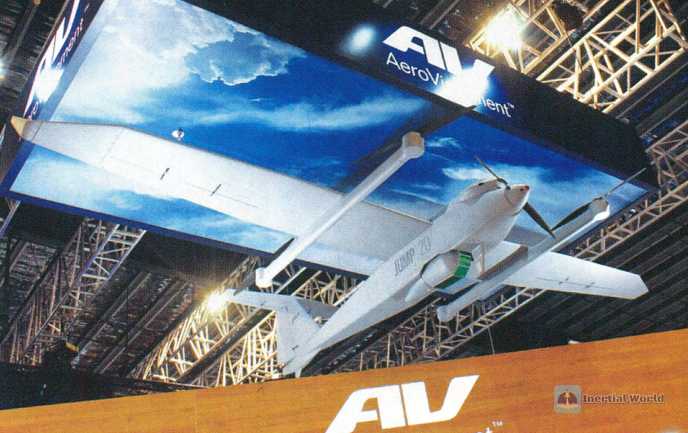
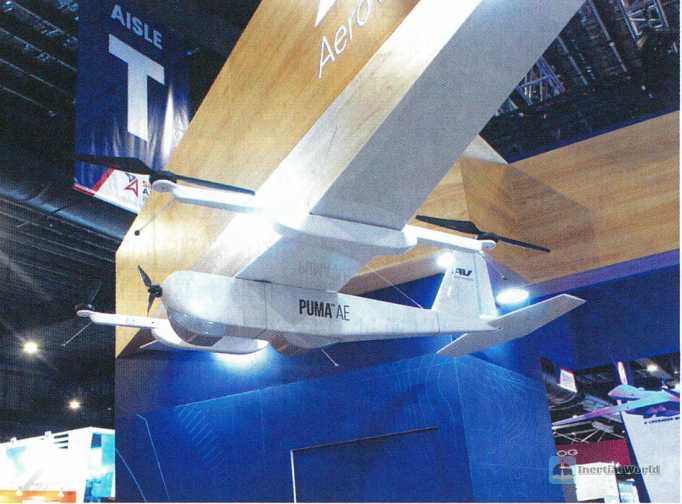

Singapore
The Singapore Army was previously mainly equipped with the "Skylark UAV" produced by Israel. This time, Singapore’s ST Engineering launched the Veloce series of drones, including Veloce60 and Veloce15, with take-off weights of 60 kg and 15 kg respectively, and adopts a four-rotor + fixed-wing layout similar to the "Jump 20".

These two drones have been equipped with the Singapore Army. Singapore’s ST Engineering has launched a new generation of TERREX S5 wheeled infantry fighting vehicles. It should be said that 8x8 wheeled armored vehicles are now very common in the international market, but TERREX The S5 is indeed unique. First of all, its body is very tall and wide (8.3 meters long, 3 meters wide, and 2.7 meters high), with a total weight of 35 tons, which is heavier than most light tanks. The vehicle’s configuration emphasizes intelligence, using an unmanned turret. Sensors around the vehicle can provide 360° situational awareness for the crew, and through enhanced image processing functions, it can provide a three-dimensional effect, which is helpful for driving. The vehicle can be integrated into the combat management network through satellite data links, and can operate in blind spots of conventional communications such as cities and canyons. The vehicle has manned/unmanned teaming technology, and the crew can operate the unmanned platform in the vehicle. The armored box on the left rear side of the vehicle can carry and launch a quadcopter drone, and can also cooperate with the "Taurus" unmanned vehicle: TERREX The S5 can also be equipped with a hybrid module, which increases acceleration by 20% and driving range by 20%, providing greater power to support the growing number of vehicle electronics: each axle is driven by a separate motor, so the vehicle can still drive even if one motor is damaged. The battery can support a range of 50 kilometers, so that the vehicle can remain silent during the encounter and enhance its concealment.
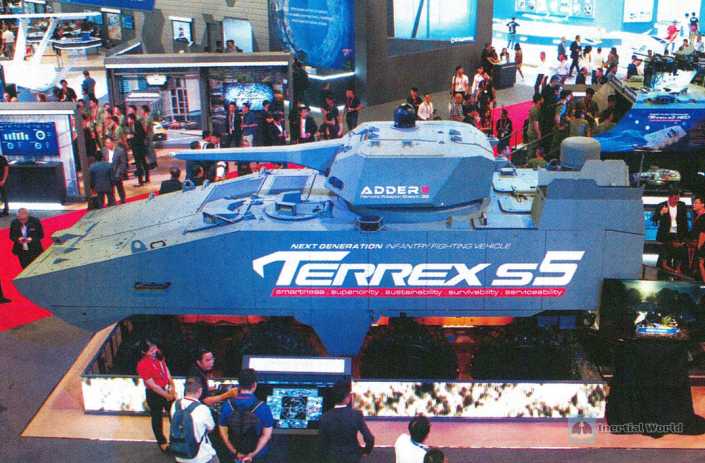

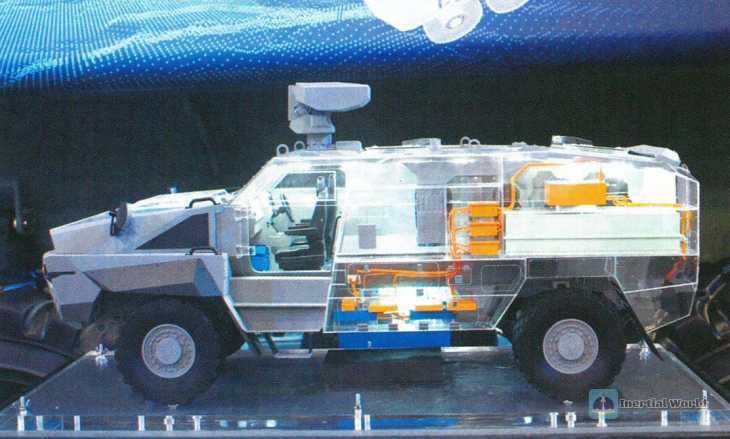
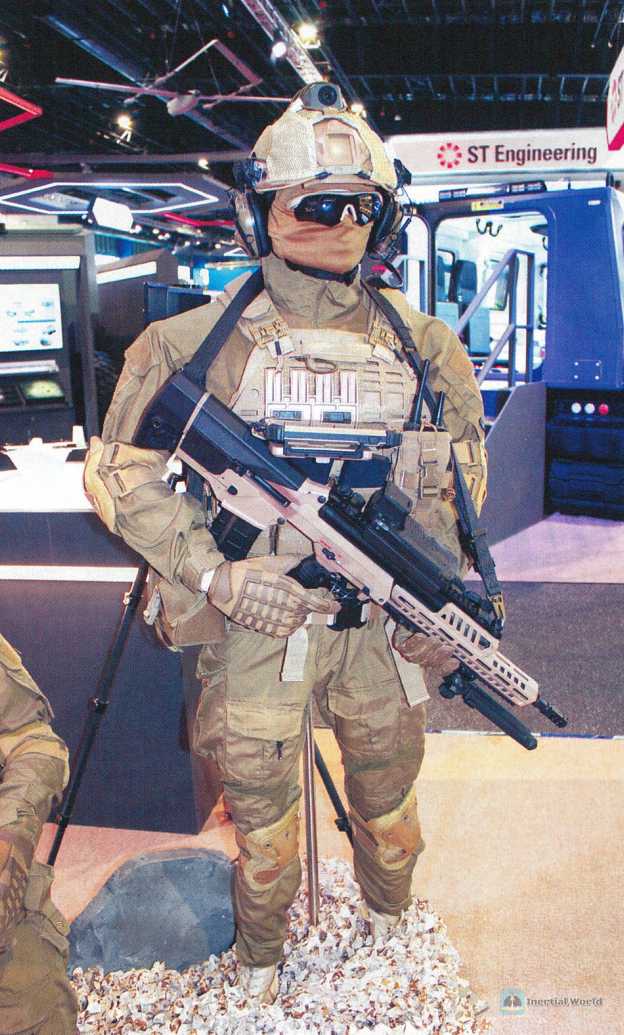
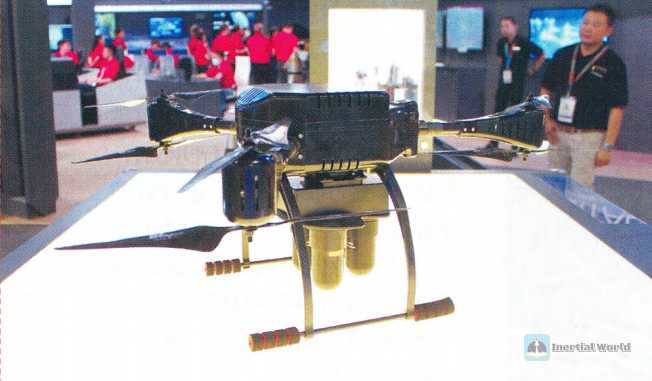
Singapore’s ST Engineering attaches great importance to the application of quadcopter drones. Not only does it fully consider the need to carry quadcopter drones in the design of infantry fighting vehicles and unmanned vehicles, but it also specially develops bombing systems and special grenades. The caliber of this grenade specially used for drone throwing is 50 mm, which is more powerful than the 40 mm grenade commonly used by infantry.
Singapore’s next-generation assault rifle has all the necessary elements of a first-class rifle. It can use barrels of different calibers, the ejection port can be switched to the left to facilitate left-handed shooters, etc. What attracts the author most is the Israeli SMASH fire control system it uses. SMASH integrates a laser rangefinder, a reflex sight, a TV camera and a fire control computer, and can automatically complete distance measurement, target identification and locking, and automatically calculate lead and scale. After the shooter aims at the target, the system can automatically fire through a modified trigger device. SMASH greatly improves the hit rate against moving targets and can effectively strike drones within a distance of 200 meters.

Israel
Several major Israeli arms dealers have come to Singapore this time. Israel Aerospace Industries (IAI) brought various military solutions such as phased array radar, "Barak" interceptor missile, and battle management system, and the most prominent among them are various cruise missiles. The design concept of Israel’s cruise missiles is very different from that of the United States. The cruise missiles of the United States, such as the "Switchblade", are like missiles with folding wings, while the cruise missiles of Israel are more like drones loaded with ammunition. The cruise missiles of the United States are a supplement and derivative of infantry firepower, while the cruise missiles of Israel are more abundant, with both reconnaissance and attack capabilities, and can form clusters to suppress and strike various targets under the command and coordination of the operator. The focus of the IAI display this time is the next generation product of the famous "Harpy" cruise missile, the "HAROP" cruise missile. The missile can fly in the air for 9 hours, with a combat radius of 200 kilometers. Through a two-way data link, the operator can select targets and guide attacks through the video provided by the optoelectronic/infrared sensor on the missile. The Azerbaijani army has used this missile many times in the Nagorno-Karabakh conflict, and the Indian army has purchased it many times.

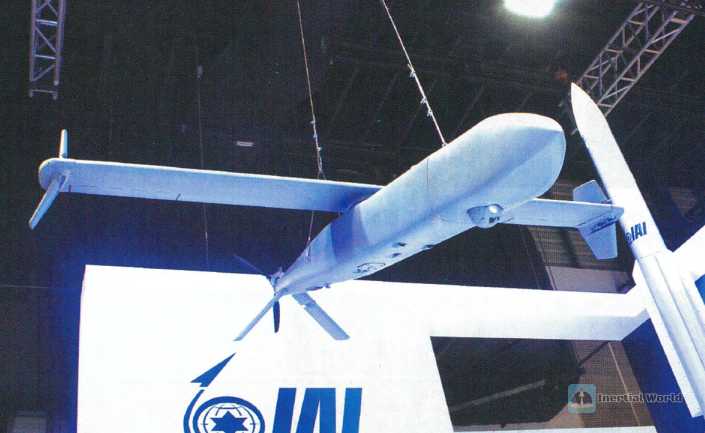
IAI’s "Mini Harpy" is the only cruise missile in the world with electro-optical/infrared and anti-radiation dual seekers. It has beyond-visual-range and "mountain-climbing" combat capabilities. Once the attack fails, it can fly around and attack again. If the target cannot be found, it can be recovered and reused.
Israel Elbit’s "Sky Striker" cruise missile is derived from the "Skylark 3" drone. Its performance is similar to that of the "Mini Harpy". It is characterized by the use of dual tracking seekers and dual warheads. The missile was used on the battlefield by the Akanbaijan army, and India also introduced related technologies for domestic production.
Israel Rafael Advanced Defense Systems exhibited the latest full range of air defense weapon systems. Including the "Sky Sound" interceptor missile, which is still under development and is specifically used to defend against hypersonic missiles, the "Dizzy" interceptor missile used to intercept short-range ballistic missiles and cruise missiles, the SPYDER integrated air defense system and its equipped I DERBY LR and "Python 5" missiles, the I-DOME system and its equipped "Tamir" interceptor missile.
Israel’s existing "Iron Dome" system uses missiles to intercept targets, which is very expensive, so Rafael is vigorously developing high-energy laser weapons. Laser weapons only need electricity but not ammunition replenishment, with low single-time cost and fast reaction speed. The "Iron Beam" high-energy laser weapon exhibited this time is still under development and will be able to intercept rockets, (tube artillery) shells, mortar shells, tactical drones and other threats, which is an important supplement to the "Iron Dome". Since Rafael has adopted a different technical route from the US Army’s "Indirect Fire Protection Capability-High Energy Laser" project, the US government has applied to Congress for a huge amount of $1.2 billion to support the development of "Iron Beam". If "Iron Beam" is successful, the US Army will consider using its technology.
For the four-rotor drones that are very active on the battlefield, it is obviously a waste of resources to use "Iron Dome" or "Iron Beam" for defense. Therefore, Rafael also exhibited a lightweight "UAV Dome" system, which is specifically used to counter "low, slow and small" (low-altitude, slow and small) drones. The system uses a "multi-task hemispherical" phased array radar to detect targets, track and lock through optoelectronic/infrared sensors, and shoot down drones with a 5-kilowatt high-energy laser weapon.
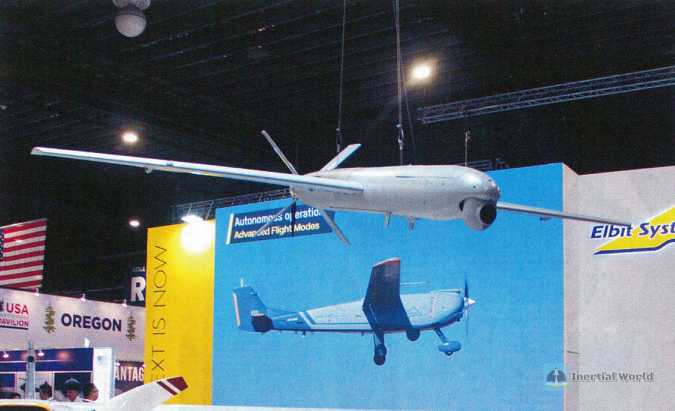
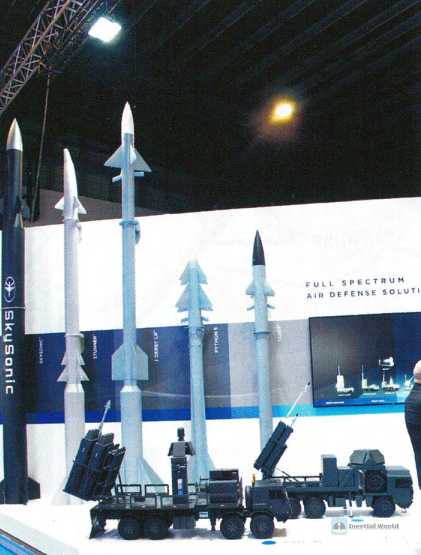
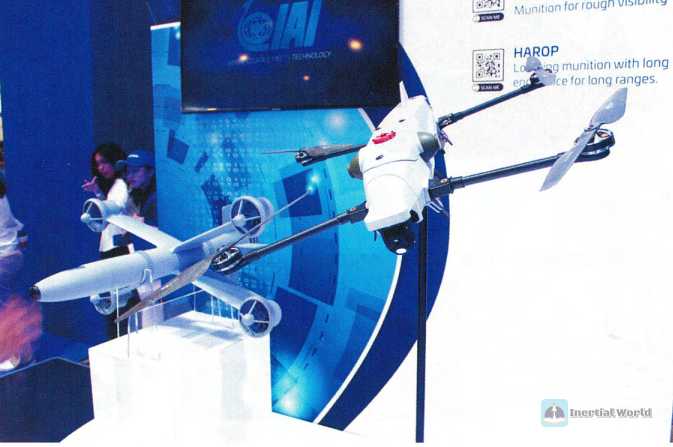


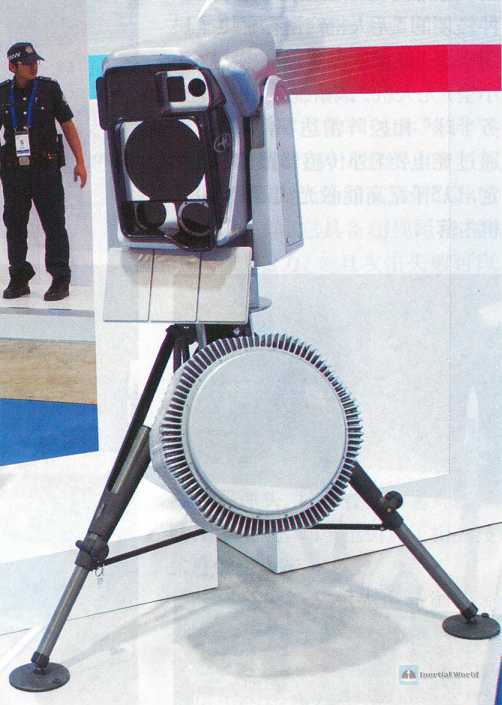
South Korea
Korea Aerospace Industries (KAI) focused on showcasing the latest achievements of the aviation industry and its vision for future development. It can be seen that KAI is greatly influenced by the United States, and many of its products are borrowed from or even borrowed from American designs. For example, the NCUAV long-flight drone is almost a replica of the American MQ-9.
KAI has gradually shifted its focus from the next generation of advanced fighter jets to drones. KAI’s development plan for future manned/unmanned teaming technology is: the first step is to develop an "air-launched effect" (ALE) drone similar to the US Army; the second step is to develop an "adaptive aerial platform (AAP); the third step is to develop unmanned fighter jets. ALE is a small drone carried by platforms such as helicopters and launched through a canister launcher. There are many types of drones, such as optoelectronic/infrared reconnaissance, electronic reconnaissance, electronic interference/decoy, and attack. They can form a "wolf pack" and sneak into the mission area under the command of the helicopter crew to strike high-threat targets such as air defense missile positions, and cover the helicopter to carry out air assaults. This manned/unmanned teaming technology improves the survivability of helicopters through the coordination of manned helicopters and drones. The "Adaptive Aerial Platform" (AAP) planned by KAI is a "loyal wingman". AAP can undertake tasks such as reconnaissance, decoys, electronic warfare and air strikes. By forming a manned/unmanned formation with the next-generation fighter KF-21 and FA-50 light fighter, it can escort manned fighters and share tasks. KAI’s "ultimate goal" is to develop an unmanned fighter with autonomous capabilities to cooperate with KF-21 and AAP in the air.
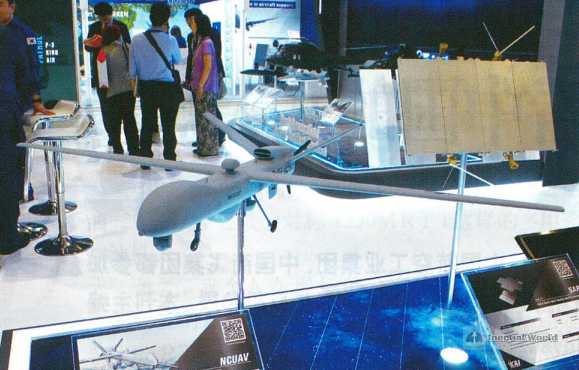
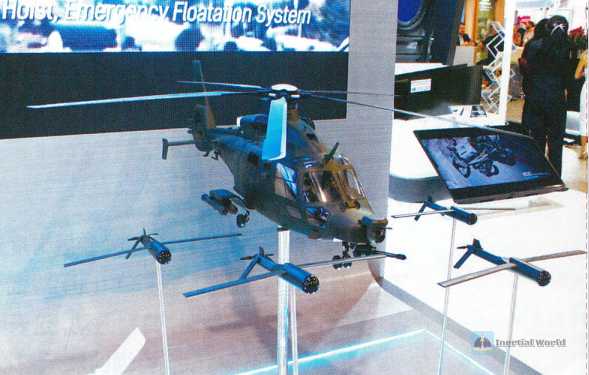


Special exhibits
In this air show, several traditional American military giants did not display innovative equipment or technologies, but some small and medium-sized enterprises and countries such as Israel and South Korea actively promoted their products and concepts. UAVs, cruise missiles and anti-UAV systems (and related industries such as sensors) have become the most eye-catching highlights of this air show. While walking through the dazzling array of booths, the author saw a special product exhibited by an inconspicuous company, which is the CORVO drone of Australia’s SYPAQ company. This is a drone with cardboard as the fuselage and wings, fixed with tape and rubber bands, which looks very simple. What cannot be underestimated is that this seemingly unreliable "paper plane" can carry several kilograms of bombs and fly hundreds of kilometers. The Ukrainian army once used it to attack Russian airports. The most important thing is that its cost is only 1% of regular cruise missiles.
Related reading
- 国产大飞机海外首秀:中国商飞C919和ARJ21飞行展示
- Domestic large aircraft overseas debut: COMAC C919 and ARJ21 flight demonstration
- 从美军B-52H战略轰炸机双机通场新加坡航展说起
- 近距离观察F-35A隐形战斗机
- 近观新加坡F-15SG战斗机
- 我进入了F-16D的座舱
- 新加坡航展上的萨博“鹰狮”JAS-39战斗机
- 我当上了苏-30的飞行员--苏-30MKM战机前的超强体验
- 中国的“老朋友”--来自冲绳的P-8A反潜巡逻机
- 又见C-17运输机
- 首次亮相新加坡航展的直-10ME
- 公开展示的“阿帕奇”武装直升机
- 静态展示的CH-47F“支努干”重型运输直升机
- KC-135下的漫步,不得不说的硬管加油装置
- 细看新加坡“紫菀”-30防空导弹
- 先进机型齐亮相---新加坡航展上的中航展台
- 混动装甲战车--新加坡“特雷克斯s5”轮式装甲车管窥






